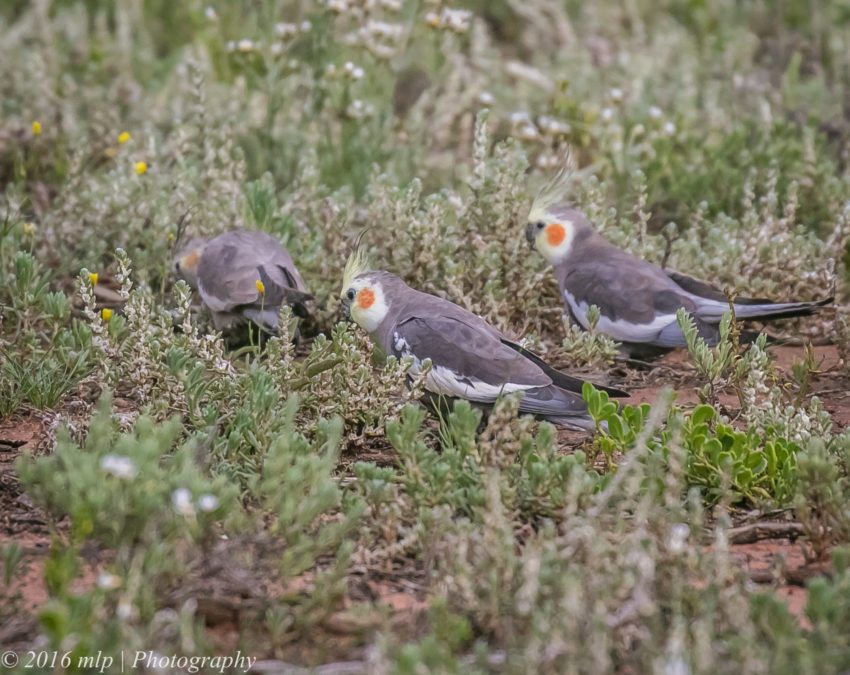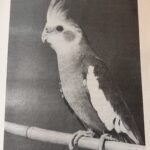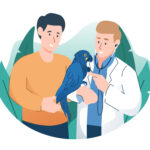
What does my bird eat in the wild?
I previously wrote an article called Learn about your bird in the wild where I stress the importance of not just thinking of your bird as a pet. Think about how they would live in their natural habitat as you make decisions about how to care for them.
Fortunately for everyone, an excellent research paper has been written that covers many birds that people keep in captivity such as cockatiels, amazons, cockatoos, macaws, budgies, rosellas, grass parrots, and lorikeets. Unfortunately, it’s not a comprehensive list, not including popular breeds like conures.
Most fascinating is the diet differences between the same types of birds. For example, different macaws have very different diets.
Nutrition of birds in the order Psittaciformes: A review
Some examples:
| Species | Diet |
|---|---|
| Blue and gold macaw | Seed, fruits, nuts |
| Orange-winged amazon | fruit (85% from palm fruit) |
| Cockatiel | Seeds (prefers soft, young over ma- ture, hard seeds) |
| Scarlet macaw | Fruits, nuts, bark, leaves, shoots |
| Hyacinth macaw | Palm nuts (50% fat content) |
| Grass Parrot | Seeds, some insect larvae |
| Budgie | Seeds |
| Palm cockatoo | Seeds, fruit, seeds from fruits eaten NR by cassowaries |
| Rainbow lorikeet | Almost exclusively nectar, then pollen, fruits, seeds |
| Major Mitchell cockatoo | Larvae, fruits, seeds |
| Sulphur-crested cockatoo | Seeds (almost exclusively sunflower), grubs, rhizomes |
| Pacific parakeet | Fruits, seeds, flowers (dry season); grains, fruits (wet) |
| Orange-winged amazon | Fruit (85% from palm fruit) |
Chances are your pet bird or a close relative eat things in the wild that might surprise you or that you’ve never fed to your bird. If you bird eats insects, try some mealworms or crickets or whatever you can find. Some people never know their bird is a fruit eater.
As mentioned in my very first article, captive birds die sooner than their wild counterparts and from chronic and degenerative diseases that are rarely seen in the wild (except where birds live amongst humans that feed them). Diet could be a big part of that and learning about what your bird might eat in the wild could be a step in improving its health.

